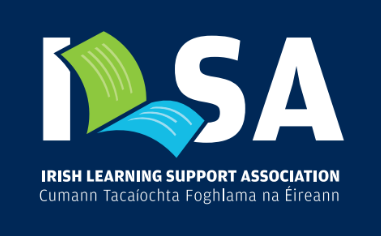Submitting an article to the Learn Journal
The final copy of papers, preceded by an abstract and accompanied by a short biographical note about the writer(s) should be submitted as Word documents and emailed to learn@ilsa.ie with Article for inclusion in LEARN 2026 in the subject line by 30th September 2025 .
Important note: Your email with articles for submission MUST specify Article for inclusion in LEARN 2026 in the subject line.
Guidelines for submitting an article
Word limit 3,000-5,000 excluding references. Short Abstract (300-500 words). One anonymised version of each article (this will go to external reviewers).
Short biographical note about the writer(s).
Details of author(s) full contact information including email address and mobile phone number. Please note that Tables and Figures are usually printed in black and white (at present).
Use Harvard referencing style. See latest edition of Cite it Right (essential).
Be sparing in the use of bullet points.
Proof read for spelling, punctuation, table layout and grammatical errors.
Check that the final proof-read version is submitted.
An article should be published in one journal only.
All articles should add to existing knowledge on a subject or indicate a different perspective on a topic.
Self-reference to avoid self-plagiarism.
Articles can include topics such as general education, leadership etc. but have a special education focus.
When using acronyms use full title in the first instance with acronym in brackets; acronym can be used thereafter – for example, special educational needs (SEN).
References, definitions, and quotes from electronic sources must include the date of access.
General guidelines for writing a journal article.
Know your audience – for example, primary, post-primary teachers, student teachers, researchers etc.
Think about how the article will add to existing body of knowledge within research and practice.
What are you writing about? Summary of research/dissertation. Writing to accompany a conference presentation. Reflection on own practice. Report on action research. Review of literature.
Read previous articles written in the journal.
Avoid cutting and pasting, especially from the internet, and always acknowledge authors that have influenced your thought when writing your article.
Minimise the risk of plagiarism by keeping track of where your quotes come from, reference as you go.
It is a good idea to have a ‘critical friend’ to read and check for spelling/typos/grammatical errors.
Check the recommended referencing conventions stipulated by the relevant journal. Present a balanced argument and avoid bias.
Ensure writing is clear and academic in style.
Think about how the article will benefit practicing teachers, researchers etc.
Think about how the article will add to the existing body of knowledge within academia, research and practice. How does it add to existing academic knowledge?
